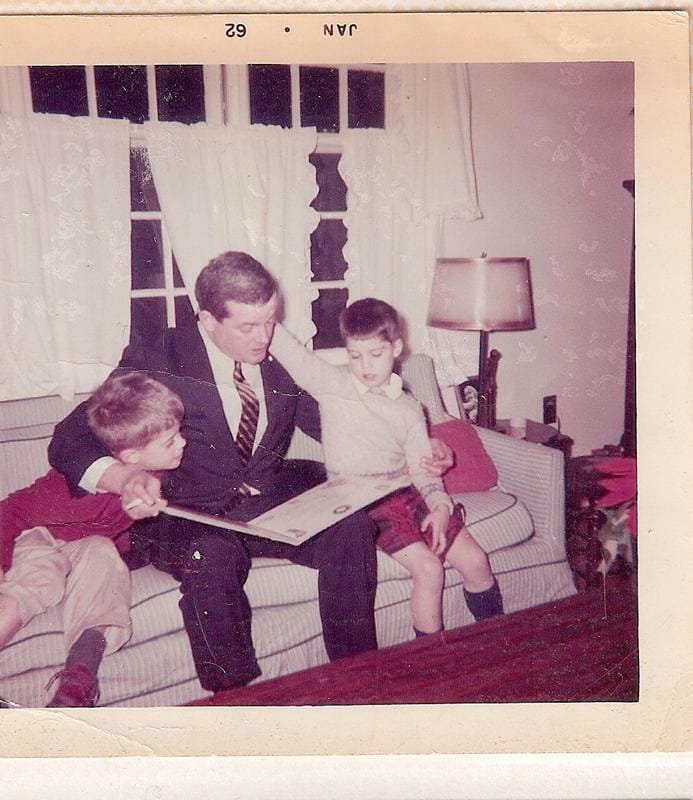Note: Consult with professionals about the specifics of your family member’s addictions before deciding on an intervention. The information below is intended as a general guide.
Another option available to families is an intervention. It’s vital to use trained, experienced professionals to implement one. This usually involves one or two clinicians and family members who are close to the addict/alcoholic. The professional team meets first with family members to collect information about the addict/alcoholic and how his/her behavior has been affecting family members. Usually, an option for treatment is pre-arranged and family members prepare narratives that detail how they’ve been adversely affected by the addiction. They discuss consequences to continued use if the client refuses treatment. The professional team works to keep tempers from boiling over. If the addict/alcoholic walks out of the meeting, then the professionals try to intercept them in hopes of returning them to the meeting. If not, the clinician will process the meeting with the family members to be sure they follow through on consequences as these may be the ultimate fulcrum to the addict/alcoholic getting help.
On the other hand, there are also situations where the addict/alcoholic’s addicted behavior is putting the family welfare at risk. Some families have been suffering for years with an addiction that has only gotten worse and is threatening to swallow the entire family whole. It’s important for people to understand that they have a right to their happiness and health. In these extreme cases at least here in Massachusetts there is the blunt instrument of the section-35.
Under this law, a family member may petition the local court and testify that the addict/alcoholic is a present and clear danger to him/herself and/or the family. If there is cause to go forward, the judge will issue a warrant and the police will find the addict/alcoholic and bring them to court (often in handcuffs and/or shackles) where they are further evaluated by the court psychiatrist. If deemed necessary the client is mandated to treatment, for a period of time up to 90 days. The length of stay is determined by the treatment center’s evaluation of the client’s needs. There are a limited number of treatment centers that take section-35 clients. Forcing a client to treatment is not ideal as it is usually viewed as punitive by the client. However, in cases where a loved one is in present danger and all entreaties to the addict/alcoholic have failed it may be the only course left. I could see utilizing section-35 if I had exhausted other avenues for a beloved family member. I’d rather have someone mad at me and alive than the alternative. See this link for more details about a section-35.
A checklist for dealing with addicted family members.
1. In your dealings with the addict/alcoholic, be gentle but firm rather than accusatory and angry. You want what you say to soak in.
2. Develop a unified narrative used uniformly by all family members to encourage the addict/alcoholic to treatment and away from their addictions.
3. Do not let the addict/alcoholic divide family members. Stay united and message consistently.
4. Do not give cash to the addict/alcoholic. If there is a situation requiring assistance such as food is needed or rent needs to be paid, then buy the food or pay the landlord directly. It is highly probable the addict/alcoholic will use cash for alcohol or drugs.
5. It may be necessary to employ an intervention. Be sure to use well-trained and experienced professional for this.
6. If all else has failed, you may be able to section the addict/alcoholic to treatment. Look at your state’s laws regarding mandated treatment for addictions.
7. Remember you didn’t cause it, you can’t cure it and you can’t control it. The “three C’s” are an old substance abuse family counseling phrase that’s been around forever. It is essential to remember that only the addict/alcoholic can take responsibility and recover. Sometimes we want it more than they do. Do you best and then let go!
If you have specific questions, I’d be glad to help! Click the link below, subscribe and then email me.






Comments